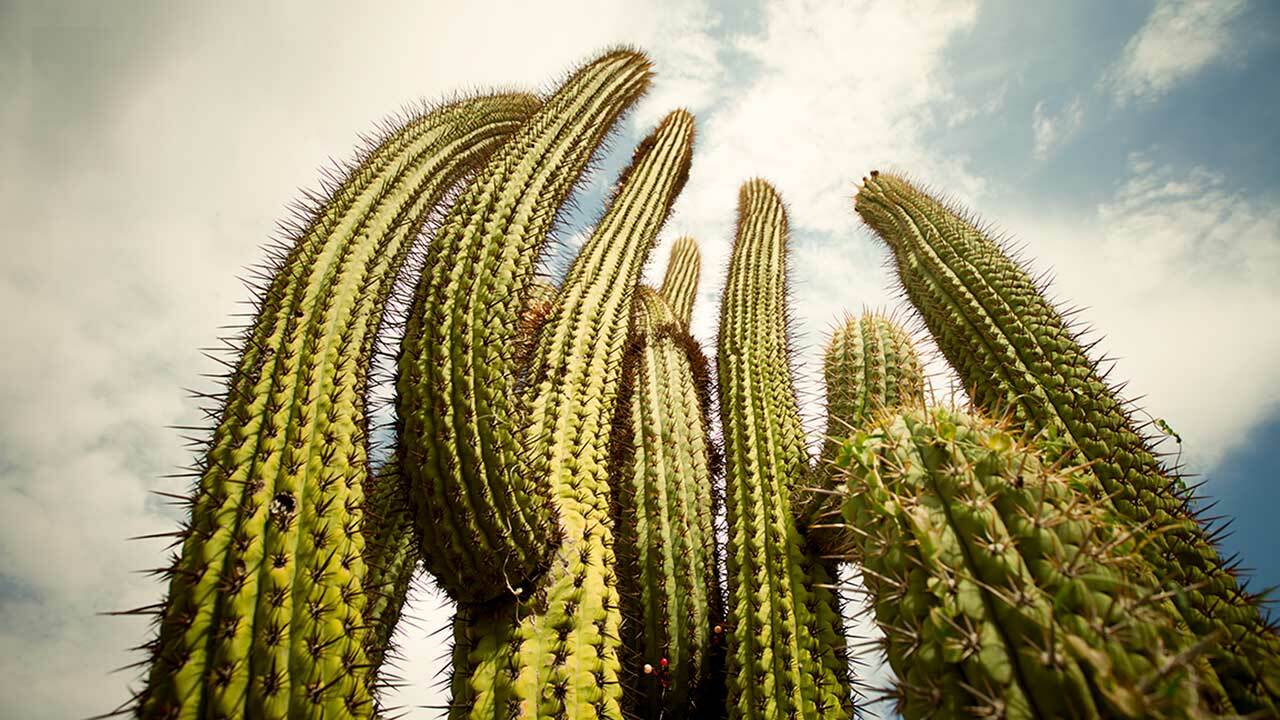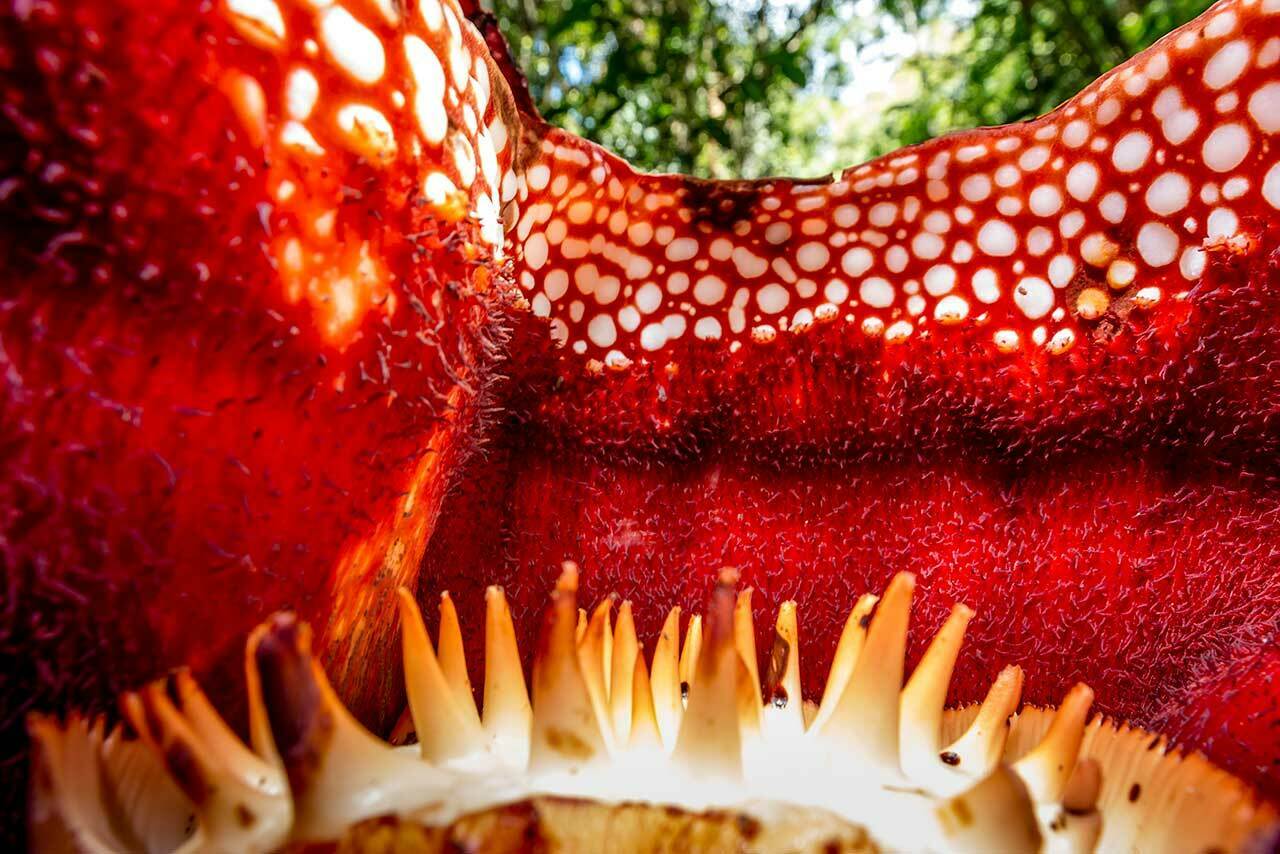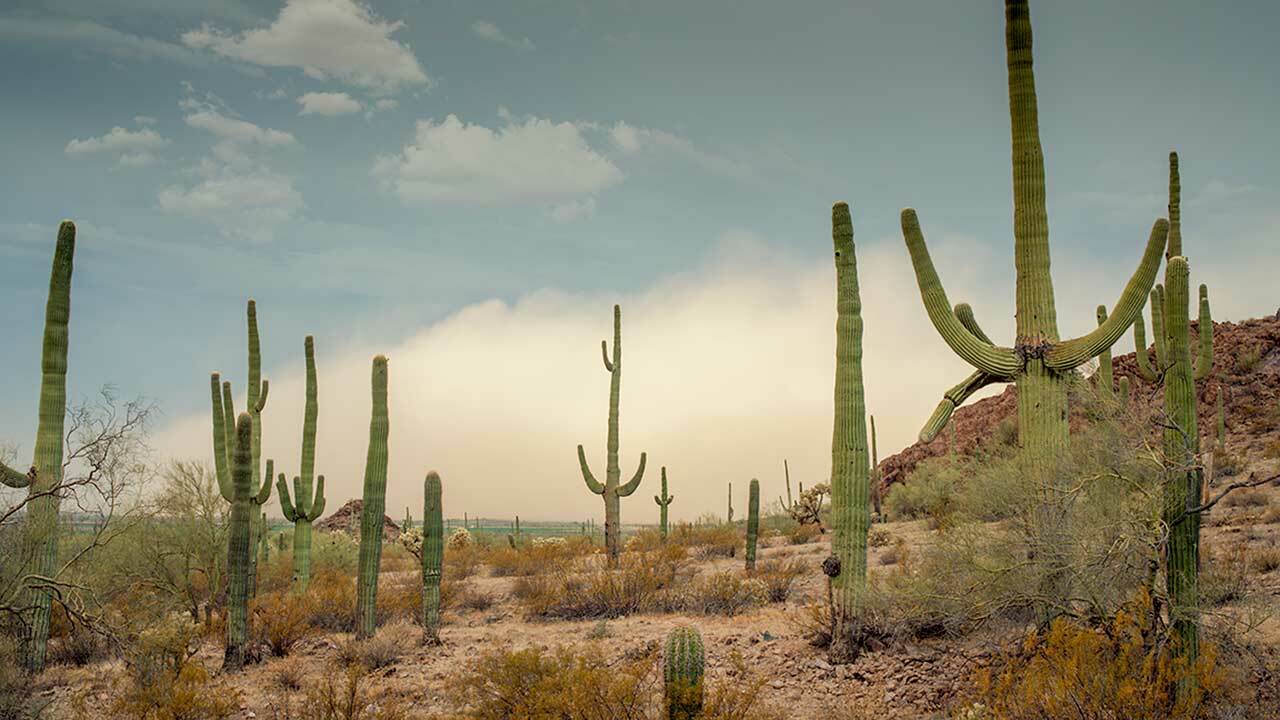
Types of Desert Plants
There are many different types of desert plants, including cacti, succulents, acacias, mesquite, creosote bush, and yucca. Each one has adapted in its own way to survive in the harsh desert environment.
Cacti are perhaps the best-known desert plants. They have thick stems that store water, and sparse leaves that minimize evaporation. Some cacti, such as the saguaro, can grow to be over 20 feet tall.
Succulents are another type of desert plant that are adapted for water conservation. They have fleshy leaves that store water, and often have a waxy coating that helps prevent evaporation. Many succulents, such as the aloe vera, are used for their medicinal properties.
Acacias are desert plants that have long roots that help them reach underground water sources. They also have small leaves that reduce evaporation. The acacia tree is the national tree of Israel.
Mesquite is a type of desert shrub that has long, deep roots that help it reach water sources far below the ground. It too has small leaves and a thick, waxy coating that helps prevent water loss. The mesquite tree is an important source of food and shelter for many animals in the desert.
Creosote bush is a type of desert shrub that is adapted to survive in very dry conditions. It has small leaves and a deep root system that helps it reach underground for water. The creosote bush is the state flower of Arizona.
Yucca is a type of desert plant that has long, sharp leaves that help it capture moisture from the air. It also has a deep root system to help reach underground for water sources. The yucca plant is an important source of food and shelter for many animals in the desert.
Water Storage of Plants That Live In the Desert
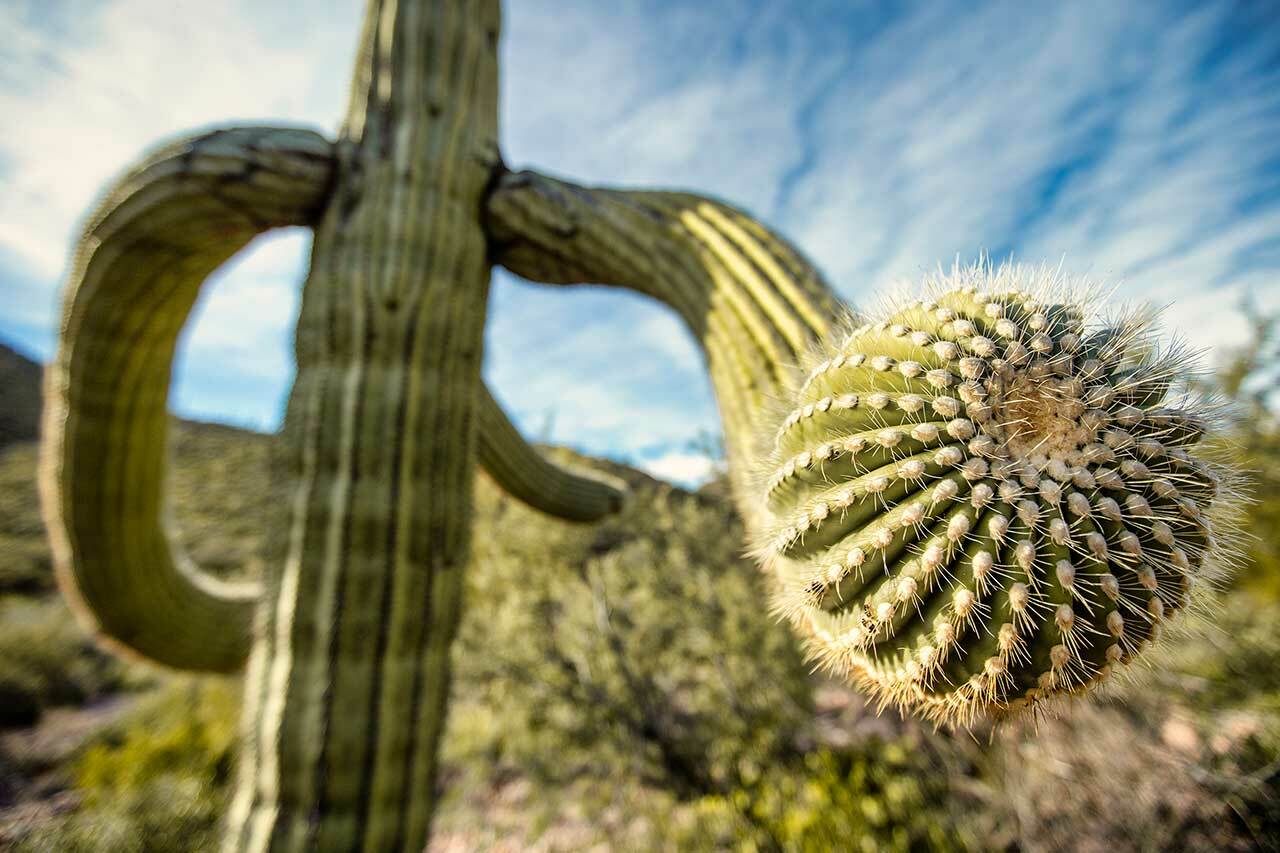
As mentioned before, desert plants have adapted in various ways to conserve water. Some desert plants store water in their leaves, stems, or roots. Others have thick, waxy skin that helps prevent water loss. Some desert plants have small leaves that help reduce evaporation. Others have deep taproots that help them reach the underground water sources.
Cacti have thick, fleshy stems that store water, and sparse leaves that minimize evaporation. Some cacti, such as the saguaro, can store up to 1,000 gallons of water in its trunk.
Succulents have dense, broad leaves that store water, and often have a waxy coating that helps prevent evaporation. Many succulents, such as the aloe vera, can store up to 96 liters (25 gallons) of water in their leaves.
Acacias have long roots that help them reach water that is buried beneath the ground. They also have small leaves that reduce evaporation. The acacia tree can store up to 120 liters (32 gallons) of water in its roots.
Mesquite has long, deep roots that help it reach water sources far below the ground. It also has small leaves and a thick, waxy coating that helps prevent water loss. The mesquite tree can store up to 200 liters (53 gallons) of water in its roots.
Creosote bush has small leaves and a deep root system that helps it reach for water that is below the surface. The creosote bush can store up to 1,000 liters (264 gallons) of water in its roots.
Yucca has long, sharp leaves that help it capture moisture from the air. It also has a deep root system that helps it reach underground water sources. The yucca plant can store up to 700 liters (185 gallons) of water in its roots.
Desert Plants with Slow and Fast Growth
Desert plants have adapted to the harsh conditions of their habitats by developing strategies for either fast or slow growth. Fast-growing desert plants tend to be annuals, which complete their life cycles quickly and put all of their energy into reproduction. These plants grow rapidly during the wet season and produce large quantities of seeds, which they rely on to survive the dry season. Slow-growing desert plants, on the other hand, are typically perennials that live for many years. They grow more slowly and put less energy into reproduction, but they are better able to withstand drought and other stresses.
There are pros and cons to both fast and slow growth strategies. Fast-growing plants may be more likely to succeed in environments that are unpredictable or changing, but they are also more vulnerable to drought and other stresses. Slow-growing plants are the exact opposite; they may be less likely to succeed in changing environments, but they are more resistant to drought and other stresses. Ultimately, the best strategy for a desert plant depends on the specific conditions of its habitat.
The Well-known Desert Plants of North America
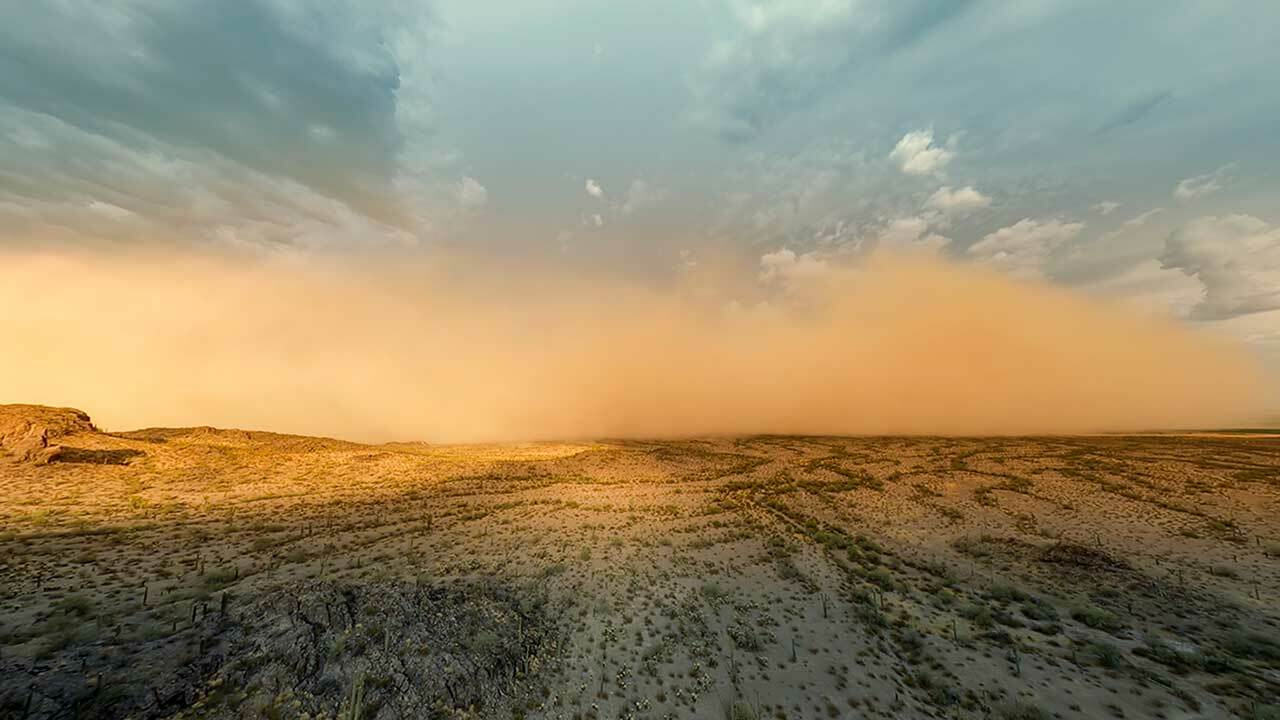
While desert plants are found in hot, dry deserts all over the world, some of the most well-known desert plants come from the deserts of North America. The best-known desert plant in North America is the cactus, and can be found in deserts throughout the southwestern United States and Mexico as well. The mesquite tree is another common desert plant in North America that can be found in the deserts of Arizona, California, and Mexico. Commonly found in the desert regions of North America is the yucca plant, which also appears in the deserts of the southwestern United States and Mexico.
Support your local PBS station in our mission to inspire, enrich, and educate.
Desert Plants and Climate Change
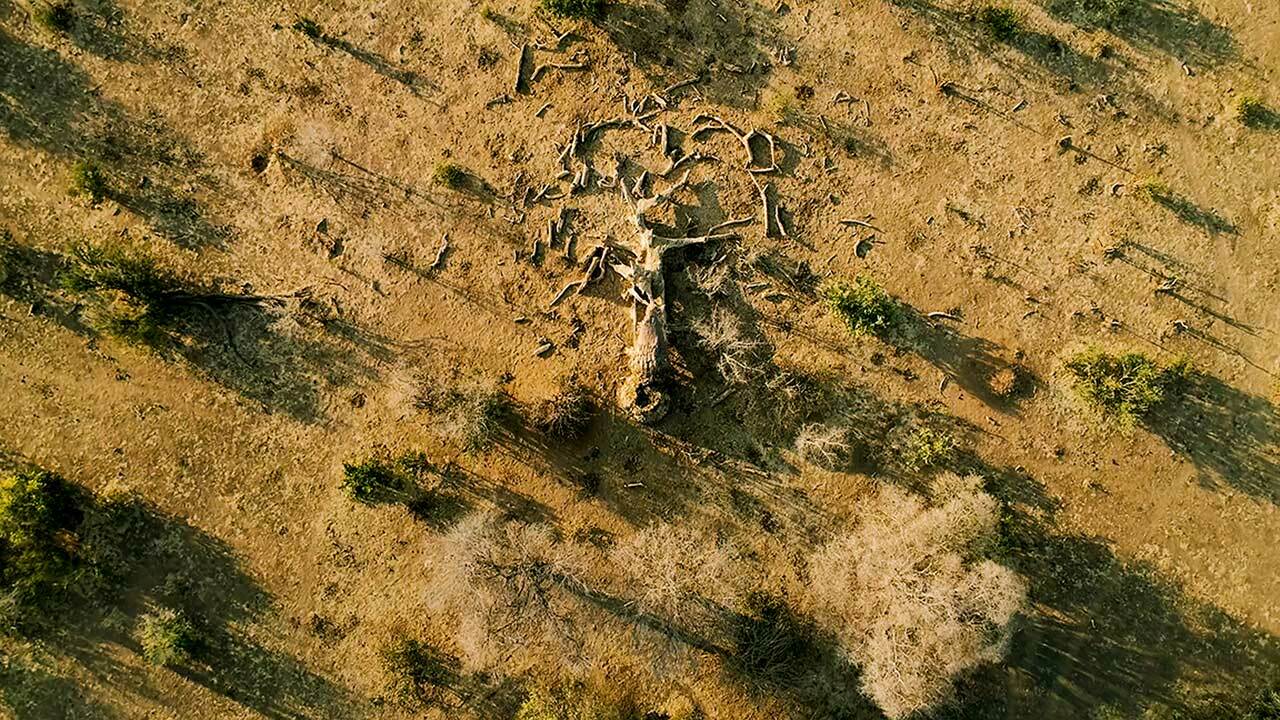
Desert plants are adapted to survive in extremely hot and dry conditions. However, climate change is causing the desert to heat up even further, making it harder for these plants to survive.
The main threat to desert plants from climate change are rising temperatures. As the temperature rises, the amount of water that evaporates from the soil increases. This means that there is less water available for plants to absorb through their roots.
In addition, hotter conditions can cause plants to experience more stress and reduce their growth. In some cases, they may even die.
Climate change is also causing changes in precipitation patterns in many deserts. Less rainfall can lead to drought conditions, which can further stress desert plants and reduce their growth.
Changes in precipitation can also cause flash floods, which can damage desert plants or even wash them away completely.
All of these effects of climate change make it harder for desert plants to survive and thrive. As a result, the diversity of plant life in deserts is likely to decline as climate change continues.
This article was researched and compiled by Sandler Digital in collaboration with PBS.

The PBS 'What to Watch' Weekly Newsletter
What to Watch delivers the best shows and content PBS has to offer each week.


